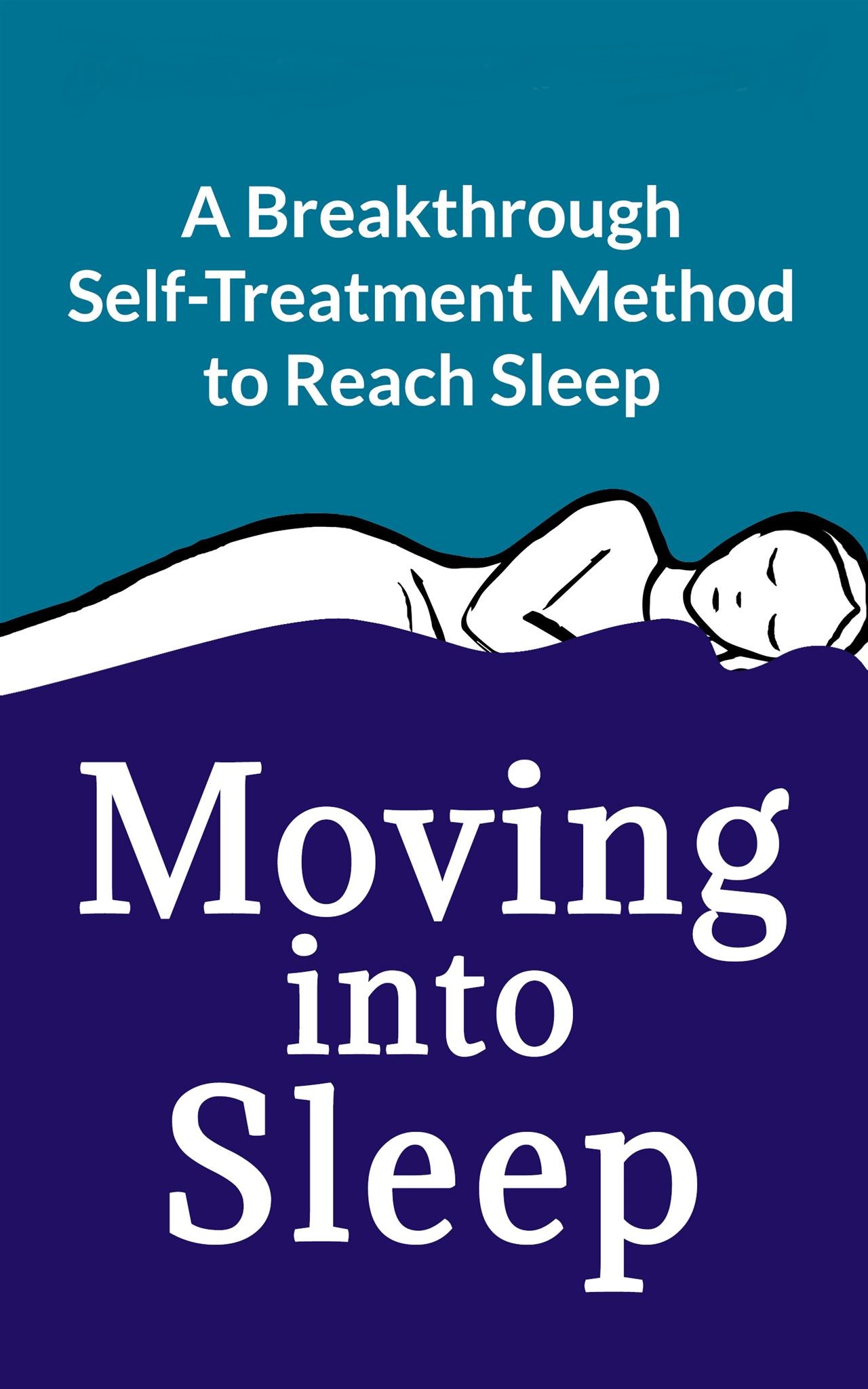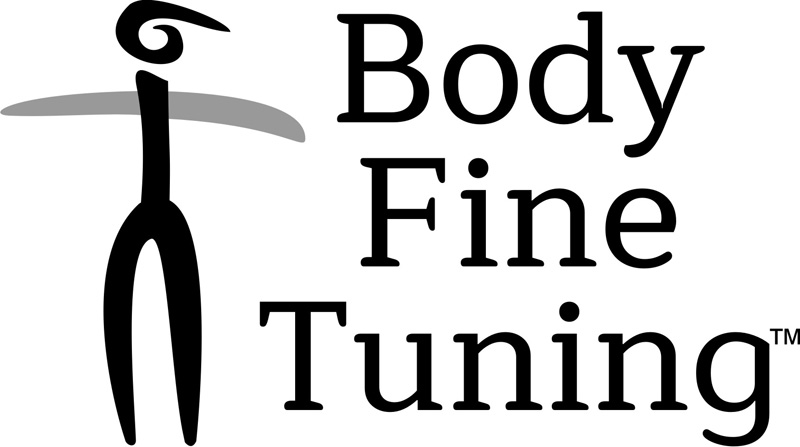Types of Insomnia & How to Start Solving Them
When you have difficulty in falling or staying asleep, every night, or almost every night, the diagnosis is insomnia.
What to do? How to get your sleep back?
The first step is to learn how to improve sleep quality by doing calmness-inducing somatic movements. These calming movements will create new networks in the brain, that can replace the networks that cause insomnia.
This is how I was able to end my insomnia. To read the complete story, click here.
Secondly, it is also useful to identify what caused your insomnia in the first place. What was it that started to create such a high level of neurological stress that you couldn’t sleep well?
What is Sleep?
When we talk about sleep, it is critical to understand that sleep is a learned brain-function, and as such, it reflects everything you do, you eat and you experience. This explains why each of us, in fact, has a unique sleep experience each night. Therefore, nobody else cam have exactly the same sleep problems as you have, if you have one. However, the underlying mechanics of how insomnia develops can be divided into types.
Let's focus on the 9 main types of insomnia and how to start solving them.
Learned Insomnia - the Most Common Insomnia
Also called learned sleeplessness, this type of insomnia often develops gradually. Just delaying your sleep for a few nights can already start the process. What happens is that by repeating certain behavior you tell your brain that you prefer to change. What is positive about this is that you always can teach your brain to switch back to older habits, or even better: you can teach your brain to get better sleep than ever before.
The solution: To fix the situation, approach it in two ways. First, learn how to do sleep-inducing movements to help you fall asleep with ease. Secondly, try to identify the initial cause, do a self-assessment of your life-habits and look what might have caused trouble with sleeping. Here, pay also attention to your personal history, because many habits have roots in childhood and teenage years.
Insomnia Caused by Pain
Experiencing pain can seriously affect sleep and trigger insomnia. I know this from years ago, when my back pain was at its worst. At that time, I rather stayed awake than went to rest, even though the doctors and therapists told me to relax and rest. But, to lessen the pain, the only thing that helped to reduce pain was to keep moving about.
The solution: Obviously, the first step is to deal with the original cause of the pain. Then, to get the best possible rest, do sleep-inducing movements. And even when the pain is too much for you to fall asleep, the sleep-inducing movements do have the power to evoke deeply calming processes, and over time, can help in reducing the sensation of your pain. If you want to know more, I can give some extra tips that can help, simply send me a message.
Insomnia Caused by Apnea
If you snore loudly, wake up gasping for air or feeling as if you are choking, you may have sleep apnea, a condition that causes you to stop and start breathing during the night. This is a serious condition, not only interrupting your sleep, but challenges your heart and brain function as well.
The solution: First of all, consult your doctor. Then, losing weight may help, but not all people with sleep apnea are overweight. Your doctor most likely would advise you to use a CPAP machine that creates continuous positive airway pressure through a mask that you place over the nose, blowing air into the upper airway to keep it open.
Insomnia Caused by Emotional Stress & Anxiety
Emotions and feelings can cause stress and anxiety and challenge you, especially at night, when the body is relaxed. Unfortunately, emotions do not always want to take commands from your mind. Also, it is hardly impossible to control mind with emotional power. The resulting lack of sleep only makes the situation worse, because it is only during the deep sleep stages that the brain can self-organize and clean the mind.
The solution: To calm the body and quieten the mind, one of the best ways is to use calming therapeutic movements and practices. Many do these as a part of their sleep ritual, but the best results come from doing gentle, small and calming movements right in the comfort of your bed.
Insomnia caused by Restless Legs Syndrome
If you experience uncomfortable leg sensations that keep you awake, your insomnia is caused by Restless legs syndrome also known as RLS. One of the root causes is often a severe stress in the nervous system, particularly in the pelvic area. What happens is that when you sit for long periods of time, the weight of your upper body rests on the pelvic area, gradually the tunnels that have space for the nerves get pressed and may get narrower. Read more here: A side effect of this, together with lack of sleep is a higher than normal immune response level in the body, similar to infection. This causes the body to absorb less iron from the nutrition, which has been seen in the research.
The solution: To end this type of insomnia needs a change in the sitting position, using a specific support to sit on that allows better balance. Also, at night, by doing the sleep-inducing movements you can effectively reduce the level of stress, release unnecessary muscle tension and find ease in your sleeping position.
Sleep Maintenance Insomnia
When you wake up at least once during the night and struggle in getting back to sleep for at least 20-30 minutes, you suffer from Sleep Maintenance Insomnia. There could be many reasons that wake you up, so the first step is always to consult your doctor. One possible cause is chronic sleep debt, which affects your sleep architecture. What happens is that when you go to sleep, you are so much lack of sleep that you fall into sleep rapidly, and move straight in to the deep REM sleep, that is the priority of your brain. But there is a tendency that your stressed body will wake you up. This is the moment when you could experience sleep paralysis. At this point, getting back into sleep is hard because the stress levels of your body is too high.
The solution: The first thing to do when you wake up is to make yourself feel as comfortable as possible. If necessary, get up, and slowly walk around until you feel calmer. Another way to feel better is to do gentle self-massage, rubbing your feet, legs, hands and arms. Then, lie down, and do sleep-inducing movements to fall asleep with ease. The second thing to do is to recover your sleep debt.
Diet-related Insomnia
Restful gut also means more restful sleep. Consuming energy rich foods, snacks, and drinks trigger many metabolic processes that make getting good sleep impossible. Drinking coffee is an easy sample, but there are many foods that create digestive challenges, including insulin spikes, bloating and discomforts. Also, food allergies might keep you awake.
The solution: Learn how food affects your body, and ask a nutritionist how to get more restful gut. At night, if you feel uncomfortable, by doing sleep-inducing movements, it is possible to calm the nervous system down and reach a more restful feeling and fall asleep.
Medication-related Insomnia
Many medicines have side effects and can cause trouble falling and staying asleep. Some even contain energizers like caffeine and taurine. Others may stimulate urine production, making your unable to rest at night.
The solution: Read and follow the medicine directions and ask your doctor for advice. At night, to improve sleep quality, do sleep-inducing movements. The more restful feeling you can create the better your body can manage its challenges.
Age-related Insomnia
As you age, there is a tendency that you cannot sleep the way you used to. The general cause is the gradually accumulating level of neurological stress caused by the many physical challenges that age brings with it. As a result it is harder for the brain to reach the deep sleep quality that makes sleep quality better than when you lack movement.
The solution: Getting enough physical and brain-challenging exercise is critical to getting better sleep. Simply making a 30 minute walk every day, can alraedy help. Also, do creative activities that positively activate the brain's learning systems. And when it's time to sleep, do sleep-inducing movements, creating a deep relaxation as preparation to sleep.
How to Get the Sleep You Need
Learning to improve the quality of your sleep, is surprisingly easy. All it takes is to learn how to do sleep-inducing movements to evoke calmness within the nervous system.

As a self-treatment, the Moving into Sleep Method is based on educational neuroscience that explains and shows how subtle movements can create calmness in your nervous system. By doing the movements you can learn to fall asleep at any time you need sleep within minutes and get quality sleep even when the conditions are challenging, like during traveling, or when your sleep schedule needs a change.
Thanks for reading,
Oliver
“Better sleep is just a gentle movement away”
Keywords: Educational neuroscience, Insomnia treatment, Psychophysiological insomnia, Primary insomnia, Learned Insomnia,
